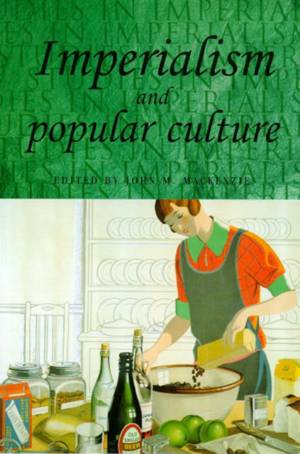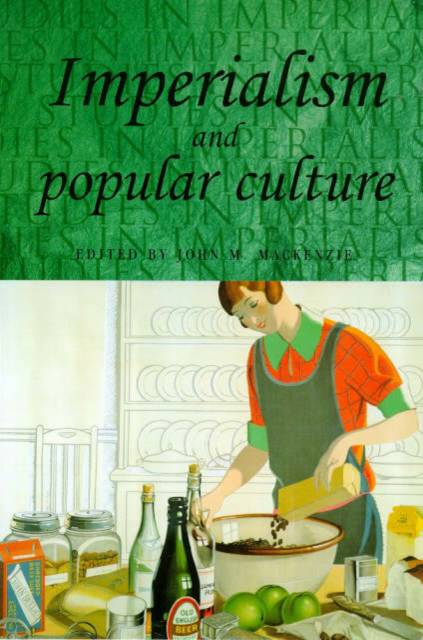
- Afhalen na 1 uur in een winkel met voorraad
- Gratis thuislevering in België vanaf € 30
- Ruim aanbod met 7 miljoen producten
- Afhalen na 1 uur in een winkel met voorraad
- Gratis thuislevering in België vanaf € 30
- Ruim aanbod met 7 miljoen producten
Zoeken
Omschrijving
Popular culture is invariably a vehicle for the dominant ideas of its age. Never was this more true than in the late-19th and early 20th centuries, when it reflected the nationalist and imperialist ideologies current throughout Europe. This text examines the various media through which nationalist ideas were conveyed in late-Victorian and Edwardian times - in the theatre, "ethnic" shows, juvenile literature, education and the iconography of popular art. Several chapters look beyond World War I, when the most popular media, cinema and broadcasting, continued to convey an essentially late-19th-century world view, while government agencies like the Empire Marketing Board sought to convince the public of the economic value of empire. Youth organizations, which had propagated imperialist and militarist attitudes before the war, struggled to adapt to the new internationalist climate.
Specificaties
Betrokkenen
- Auteur(s):
- Uitgeverij:
Inhoud
- Aantal bladzijden:
- 272
- Taal:
- Engels
- Reeks:
- Reeksnummer:
- nr. 2
Eigenschappen
- Productcode (EAN):
- 9780719018688
- Verschijningsdatum:
- 26/10/1987
- Uitvoering:
- Paperback
- Formaat:
- Trade paperback (VS)
- Afmetingen:
- 155 mm x 231 mm
- Gewicht:
- 408 g

Alleen bij Standaard Boekhandel
+ 68 punten op je klantenkaart van Standaard Boekhandel
Beoordelingen
We publiceren alleen reviews die voldoen aan de voorwaarden voor reviews. Bekijk onze voorwaarden voor reviews.











